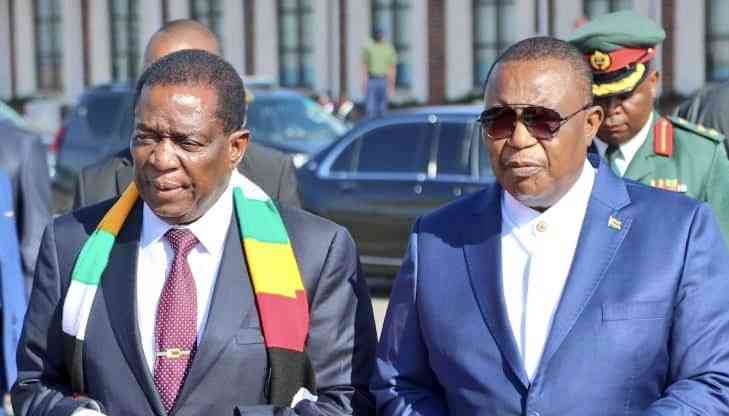
THE Confederation of Zimbabwe Industries (CZI) said this week the gap between the official and parallel market exchange rates widened to 41% last month as a result of stability in the official forex market.
The Zimbabwe dollar lost significant value during the first half, as money supply increased by over 500% compared to the December 2022 rate.
At the end of 2022, the exchange rate was US$1:ZW$684,33.
But by the end of June this year, the local currency had depreciated to US$1:ZW$5 739,79.
“The local currency experienced accelerated depreciation in the first half of 2023 and this prompted the government to introduce measures to curtail the currency erosion,” CZI said in its currency and inflation update for August.
“The impact of the measures resulted in the continual appreciation of the local currency against the US dollar.
“The exchange rate has been relatively stable in the month of August 2023 on the parallel market, despite a marginal appreciation on the official exchange market.
“The appreciation of the exchange rate (was) on the official exchange market while the parallel market rate was responding only sluggishly, resultIing in the exchange rate premium increasing from 31% in July 2023 to 41% in August 2023.”
- Mthuli Ncube abandons struggling consumers
- Fears of jobs carnage as crisis deepens
- Fresh warning over bank rate hikes
- In Conversation with Trevor: ‘Zim must invest in human capital’
Keep Reading
The report noted that the acute shortages of the local currency and the availability of foreign currency on the official market had reduced the reliance on the parallel market.
Treasury and monetary authorities have stabilised the Zimbabwe dollar by mopping up excess currency liquidity in the market and promoting the usage of the local currency.
However, CZI warned that the mop up exercise could reduce demand.
“The acute shortage of Zimbabwe dollar in the market has also been received with mixed sentiments, with some stakeholders viewing this as a positive and welcomed development as inflation has subsided while others point at the impact of the liquidity squeeze on reducing demand from economic agents that rely on the local currency,” it said.
“Although the measures managed to enhance stability, the economy has become more dollarised due to the liquidity squeeze on the Zimbabwe dollar.
“The mid-term monetary policy statement highlighted that foreign currency deposits constituted 80% of total deposits.
“Foreign currency-denominated loans constituted 94% of the banking sector loan book as at 30 June 2023.”
The industry body said it was now imperative for the government to determine the optimal Zimbabwe dollar liquidity that is enough to prevent the economy from full dollarisation by default.
The United States Agency for International Development (USAid) concurred recently that mopping up excess liquidity was now accelerating dollarisation.
“The appreciation in exchange rates since July has resulted in the variable reduction in Zimbabwe dollar prices of some basic commodities and services by 20 to 40% compared to the end of June,” USAid said.
It noted that in US dollar terms, prices of basic commodities were relatively stable and low compared to formal markets.






